|
|
|
9 June 2016 |
| |
 |
The LCGC Blog: Investigating (and Solving) Robustness Issues in HPLC
Not every method is as we would hope it would be. Some methods come to us in imperfect form and we have to live with them, while others are difficult separations and, by necessity, need to be developed using close control of several variables such as eluent pH, eluotropic strength, ionic strength, and so on. |
|
|
|
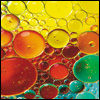 Photo Credit: Photo Credit:
ramoncovelo/Getty Images |
Generic UHPLC Method for the Simultaneous Analysis of Compounds with a Wide Range of Polarities
A generic method involving an UHPLC system equipped with two external switching valves to connect HILIC and reversed-phase LC columns in series for the sequential analysis of polar and apolar compounds. The method was successfully applied to separate 32 pharmaceutical compounds with a wide range of polarities, which could be useful for analyzing pharmaceutical compounds in the environment. |
|
|
|
|
 Photo Credit:
Liam Larkin/ Photo Credit:
Liam Larkin/
EyeEm/ Getty Images |
Split Injection GC: Setting the Split Ratio in Shoot-and-Dilute GC
Jack Cochran’s new column “Practical GC” provides readers with practical advice and new experimental evidence for how to get the best results from their GC systems. This instalment looks at understanding and using split ratio for “shoot and dilute” GC. |
|
 Photo Credit: Jason Miccolo for NSF Photo Credit: Jason Miccolo for NSF |
LCGC TV: The Role of Separations in the Analysis of Carbon Nanodots
The spectroscopic characteristics of carbon nanoparticles have traditionally been examined by analyzing bulk solutions. Luis Colon from the State University of New York at Buffalo explains why separating carbon nanoparticles before analysis is important, and reveals the unique characteristics he has discovered. |
|

Photo Credit: Rafe Swan/Getty Images |
Characterizing New Psychoactive Substances
Researchers from the Joint Research Centre of the European Commission have published a case study detailing the characterization of new psychoactive substances using GC–MS, 1H and 13C NMR, HR–MS–MS, and Raman spectrometry. |
|
| |
|
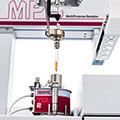 |
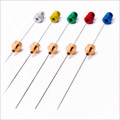 |
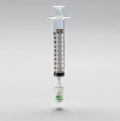 |
| Thermal Desorption Unit (TDU 2) |
High-Performing SPME Fibers – Now available |
UCT’s Quick QuEChERS Push-Thru Cartridges |
The GERSTEL Thermal Desorption Unit (TDU 2) is a highly flexible system used for automated Dynamic Headspace; thermal extraction; SBSE using the GERSTEL Twister; air analysis with adsorbent tubes and Pyrolysis.  Learn more Learn more |
New Restek® PAL SPME fibers are high-performing fibers that meet or exceed the performance of other brands. Our reliable SPME fibers feature an aluminum hub that is more durable than plastic.
 Learn more Learn more |
UCT’s Quick QuEChERS push-thru cartridges eliminate the need for shaking and centrifugation of extracts during dispersive sample clean-up. The Quick QuEChERS approach is simple, fast, and customizable and also is fully automatable.  Learn more Learn more |
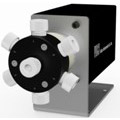 |
 |
| VICI semi prep valve |
Wyatt |
The revised VICI Cheminert stream selection valves have an improved lifetime compared to the previous models and a pressure resistance of 100psi liq. The C45R valves have ports for 1/4" tubing and are vailable with 4, 6 or 8 selectable positions. They are available in manual versions, or on pneumatic or electric actuators.
 Learn more Learn more |
The µDAWN™ is the world's first multi-angle light scattering (MALS) detector that can be coupled to any UHPLC system in order to determine absolute molecular weights and sizes of polymers, peptides, and proteins.
 Learn more Learn more |
|
|
|
|
|
